With the recent news that the iconic Wembley stadium potentially could be sold to Shahid Khan, an American football mougel, the FA has announced that a significant amount of any profits made from the sale of the infamous grounds will go straight back into grassroots sports, particularly football clubs.
If this deal pulls through, grassroots clubs could find themselves with a significant amount of investment from the FA to help improve their own pitches and equipment, as they are often financially supported by charities and have little to no real funding or financial support.
With this potential pot of money, clubs would be able to consider investing in the actual grassroots they play on. In this blog we explore the expensive issues faced by sports clubs using real grass and the potential benefits they may find from making the switch to artificial grass.
Drainage
The Great British weather can often mean there is a lot of rainfall, throughout the year. If a pitch does not have adequate drainage, water will simply sit on top of the grass pitch, causing flooding and sometimes stopping play altogether.
For smaller amateur clubs, not even being able to train can be detrimental to progression, causing serious disruption throughout the season. Real grass pitches often suffer from poor drainage and have a tendency to flood which then prevents training or even hosting games through the season.
Making the switch to artificial astroturf, which has better drainage as sharp sand is used underneath the turf, helps to prevent play being called off or delayed due to flooding and means smaller teams won’t lose out on vital training hours.
Costs
Every grassroots sports club will tell you that keeping the costs down, when it comes to the general running of a club, is one of the most important elements of running a the club.
Grass pitches are not only expensive to maintain, suffering from increasing equipment and staffing costs, but they are also prone to needing regular repair and re-planting which can be a drain on time as well as finances.
Although having artificial grass installed often seems costly at first, the maintenance costs once it has been installed are practically nil, compared to real grass. And the life of your artificial turf can even be extended by using our favorite tool, chemistry!
Chemical additives can actually be added to the polymer that the artificial grass is made from which help extend the life of the pitch, meaning these long-life plastics can be used in an environmentally responsible way.
Hygiene and extra usage
Believe it or not, all sports facilities can have hidden hygiene challenges. It’s easy to see that pieces of gym equipment can become a hotbed bacteria, but virtually any sports facility can too, even the humble footy pitch.
Smaller grassroots club pitches will often be used for many purposes, Saturday Morning Bootcamp, Sunday walkies with the dog, etc… It is all too easy for harmful bacteria to be present, and all it takes is a scraped knee to become a potential problem.
The use of astroturf can significantly reduce the biological population of your pitch when compared to natural grass, especially when you’re using the right chemical additive to help keep the microbes at bay.
For example, using Sanitized® on the artificial pitch will protect the polymers that the fake grass is made from, in turn protecting players from the bacteria that can be present in the sports playing environment.
General maintenance
Using artificial astroturf means all 'grass blades' are consistent and not susceptible to wearing down or dying off in patches, which is the real risk using real grass on playing fields.
The astroturf does not need regular cutting, watering or other careful attention, as the plastic grass can be left alone once it is treated. Replacing a grass pitch with astroturf reduces the maintenance necessary and only needs to be replaced once every 7-15 years, or longer if you’re using the right chemical additives!
It would seem it is not just sports clubs making the switch to artificial turf, with a steep increase in domestic homes having astroturf installed in recent years. More people are looking for the benefits of having artificial grass in their own gardens too, considering the minimal mess, maintenance and hygiene amongst many other benefits.
Low maintenance is usually the driver for people who want a lush, green lawn without the cost and time consuming upkeep that come with a grass lawn. Using chemical additives will also improve the upkeep of astroturf, whether its for a well-used sports club pitch or your own backyard.
If you would like to learn more about various additives that will significantly improve the condition of both the astroturf and it’s users, or perhaps about the types of Sanitized products that may be best applied to your own needs, do not hesitate to contact one of our experienced team members today. Our team are more than happy to answer any questions you may have about astroturf and its care.
Chemical additives useful for artificial turf:
- Sanitized® - antimicrobial that can be added to the polymer in masterbatch. Prevents microbes: bacteria, fungi, mold. Adding Sanitized® improves hygiene factors, improves longevity, allows you to qualify the artificial turf as ‘antimicrobial’ as required by BPR article 58. Also Sanitizes reduced bacterial activity which can break down polymers, meaning the artificial turf has a longer lifespan.
- Anti-static - reduce static that players might experience and reduces the static attraction of dust and dirt.
- UV absorbers - protect from outdoor weathering, prevent loss of colour due to sunlight and keeps the artificial turf looking new indefinitely.

